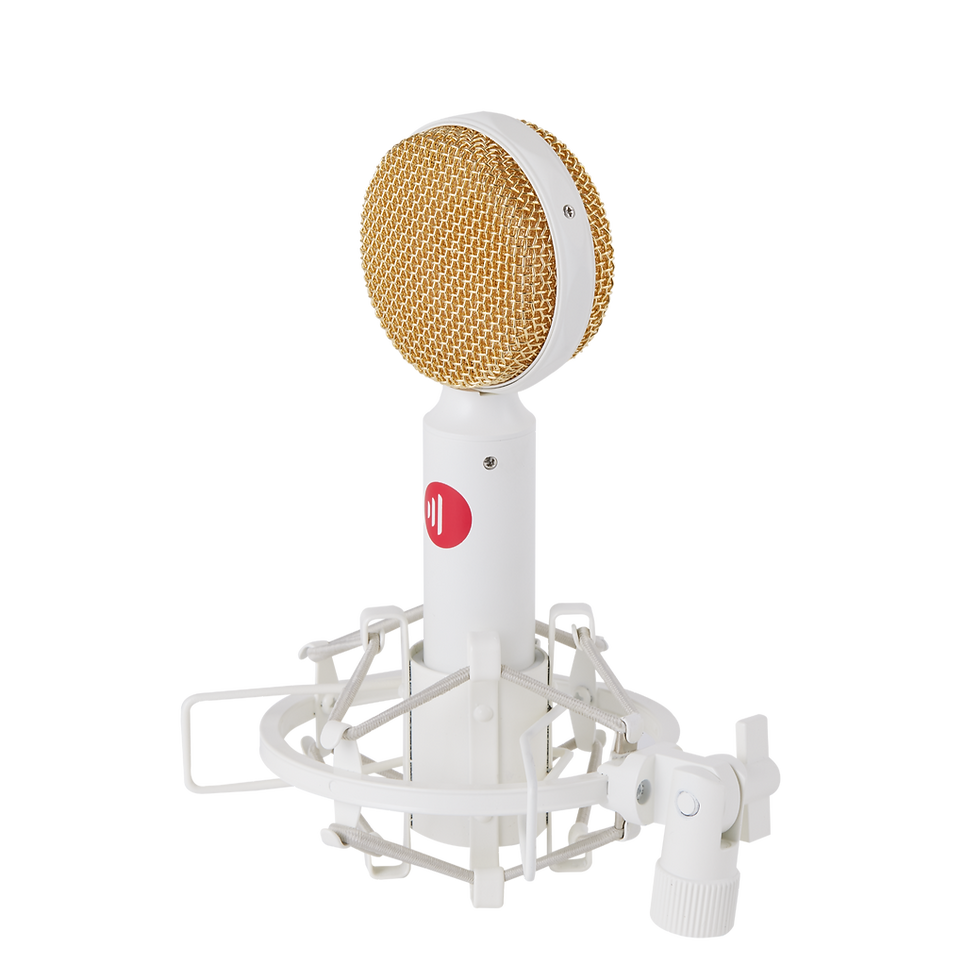Isolated or Canceled; What do you prefer?
- dan0773
- Jul 22, 2022
- 1 min read
Updated: Jul 22, 2022
Isolation Headphones vs Noise Canceling Headphones
Noise isolation, also known as "Passive Noise Cancellation," or “Passive Isolation” is the process of reducing noise by placing barriers in the way. Noise isolation in headphones creates a tight seal utilizing the foam cushions in the ear cups. In order to lower noise levels, the physical barrier "isolates" your ear from the sound. This is accomplished by the fit, design, and materials utilized, preventing the sound from leaking.
It is also known as active noise cancellation and it is a method of isolating background noise using a set of parts positioned inside the ear cups of the headphones. Miniature microphones "listen" to the ambient sound first. A built-in chipset receives the sound wave data and uses algorithms to generate an opposing soundwave that is 180 degrees out of phase and plays via the speakers. This will drown out any incoming background noise.
While active noise cancellation is often for low frequencies for example droning engines, passive noise isolation can reduce noise on all frequencies and excels at doing so for mid-to-high frequencies.
Manufacturers of isolating headphones may concentrate on the design, components, and construction that will result in the highest sound quality because there are no dedicated noise-canceling circuits or batteries in their products.
Capturing ambient sound and creating an antagonistic destructive interference signal will "color" the output of the final sound. The installed circuitry can interfere with the audio output and the canceling signal it generates, which lowers the reproducibility of the source audio.




Comments